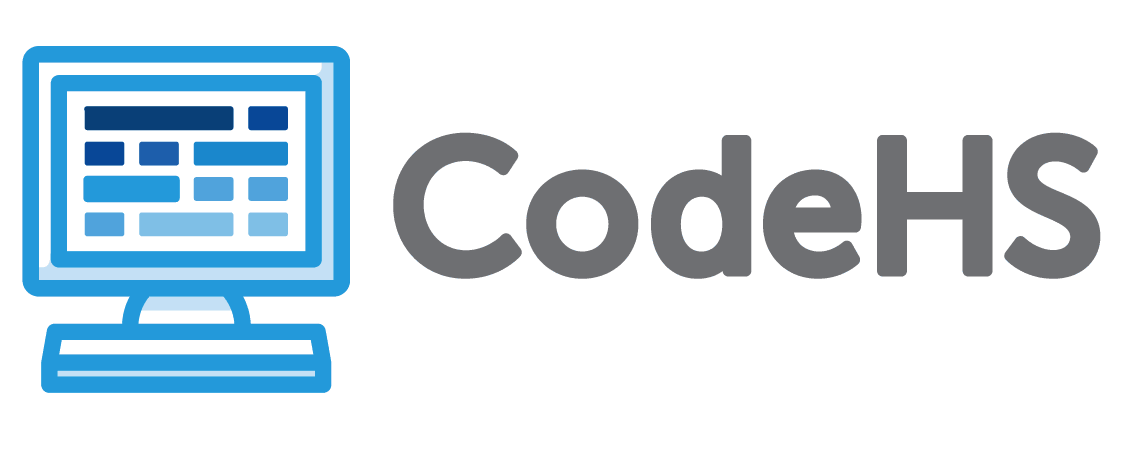| CSGD.Y2.1.1 |
Leverage problem-solving strategies to solve problems of level-appropriate complexity |
Lessons
|
| CSGD.Y2.1.2 |
Analyze and utilize multiple representations of problem-solving logic used to solve problems of appropriate complexity |
Lessons
|
| CSGD.Y2.1.3 |
Analyze and utilize collaborative methods in problem solving of level-appropriate complexity |
Lessons
|
| CSGD.Y2.1.4 |
Analyze and utilize level-appropriate troubleshooting strategies for hardware and software |
Lessons
|
| CSGD.Y2.1.5 |
Decompose problems of level-appropriate complexity |
Lessons
|
| CSGD.Y2.2.1 |
Interpret compound expressions using multiple relational and logical operators |
Lessons
|
| CSGD.Y2.2.4 |
Analyze and utilize concepts of abstraction as modeling and abstraction as encapsulation |
Lessons
|
| CSGD.Y2.2.5 |
Perform operations of level-appropriate complexity with binary, octal, decimal, and hexadecimal numbers |
Lessons
|
| CSGD.Y2.2.7 |
Research physics and mathematical principles to adapt to more immersive game mechanics |
Lessons
|
| CSGD.Y2.3.1 |
Create programs to store, access, and manipulate level-appropriate data (e.g., structured data, objects) |
Lessons
|
| CSGD.Y2.3.2 |
Define and discuss different examples of level-appropriate quantitative and qualitative data |
Lessons
|
| CSGD.Y2.3.3 |
Research, discuss, and create level-appropriate programs to model and simulate probabilistic and real-world scenarios |
Lessons
|
| CSGD.Y2.3.4 |
Analyze, utilize, and visually represent level-appropriate static and dynamic data |
Lessons
|
| CSGD.Y2.3.5 |
Perform level-appropriate data analysis using computing tools |
Lessons
|
| CSGD.Y2.3.6 |
Research and compare media formats (e.g., graphics, sounds) for traits such as compression performance and lossiness |
Lessons
|
| CSGD.Y2.4.1 |
Apply the five pillars of cybersecurity as applicable to level-appropriate computer science concepts |
Lessons
|
| CSGD.Y2.4.3 |
Research and describe common attacks on hardware, software, and networks |
Lessons
|
| CSGD.Y2.5.1 |
Design and implement level-appropriate algorithms that use iteration, recursion, selection, and sequence |
Lessons
|
| CSGD.Y2.5.3 |
Evaluate the qualities of level-appropriate student-created and non-student-created algorithms including classic search and sort algorithms |
Lessons
|
| CSGD.Y2.5.4 |
Use a systematic approach to detect and resolve errors in a given algorithm |
Lessons
|
| CSGD.Y2.5.5 |
Analyze game elements of analog games (e.g., board, card, dice) and how those elements can be represented as algorithms for digital games |
Lessons
|
| CSGD.Y2.6.1 |
Create programs to solve problems of level-appropriate complexity |
Lessons
|
| CSGD.Y2.6.2 |
Discuss and apply best practices of program design and format (e.g., descriptive names, documentation, indentation, user experience design, whitespace) |
Lessons
|
| CSGD.Y2.6.3 |
Determine the scope and state of variables defined in classes and their procedures |
Lessons
|
| CSGD.Y2.6.4 |
Create programs that read from, write to, and append to a file of level-appropriate complexity that includes structured data |
Lessons
|
| CSGD.Y2.6.5 |
Use a systematic approach to detect logic, runtime, and syntax errors within a program |
Lessons
|
| CSGD.Y2.6.7 |
Research and describe the core areas of digital game design |
Lessons
|
| CSGD.Y2.6.8 |
Design and create a game utilizing appropriate core areas of digital game design |
Lessons
|
| CSGD.Y2.6.9 |
Research and utilize level-appropriate concepts related to updating and rendering game assets |
Lessons
|
| CSGD.Y2.6.10 |
Research how the relationship between the subjective and objective mechanics of a game contributes to its overall playability and engagement |
Lessons
|
| CSGD.Y2.7.1 |
Utilize hardware and/or software to solve level-appropriate industry-based problems |
Lessons
|
| CSGD.Y2.7.3 |
Discuss common asset creation techniques (e.g., 3D models, images, music, sounds), and create and utilize level-appropriate assets (e.g., 2D/3D models, animations, music, sound effects, textures, visual effects) in a game |
Lessons
|
| CSGD.Y2.9.2 |
Use collaboration tools and version control systems in a group software project of appropriate complexity |
Lessons
|
| CSGD.Y2.9.4 |
Research various hardware components (e.g., augmented/virtual reality devices, game controllers, input and output devices, robotics components, sensors) and their functionality in modern game design |
Lessons
|
| CSGD.Y2.9.5 |
Research a level-appropriate game engine and supporting libraries (e.g., images, sounds, sprites, text effects) |
Lessons
|
| CSGD.Y2.10.2 |
Research and describe issues related to creating and enforcing cyber-related laws and regulations (e.g., ethical challenges, policy vacuum, privacy versus security, unintended consequences) |
Lessons
|
| CSGD.Y2.10.4 |
Identify the ethical implications encountered in the curation, management, and monetization of data (e.g., harvesting, information overload, knowledge management repositories, sharing, summarizing) |
Lessons
|
| CSGD.Y2.10.5 |
Explain advantages and disadvantages of various software life cycle processes (e.g., Agile, spiral, waterfall) |
Lessons
|
| CSGD.Y2.10.6 |
Research the role of play and sport in human culture and how analog games have impacted the development of digital games |
Lessons
|
| CSGD.Y2.10.7 |
Demonstrate industry-relevant technical and soft skills |
Lessons
|
| CSGD.Y2.10.8 |
Classify the roles and responsibilities of each member on a game design team (e.g., animator, artist, designer, producer, programmer, project manager, quality assurance, sound engineer) |
Lessons
|
| CSGD.Y2.10.9 |
Identify the components of a quality professional digital portfolio |
Lessons
|
| CSGD.Y2.10.10 |
Create and maintain a digital collection of self-created work |
Lessons
|
| CSGD.Y2.10.12 |
Discuss diverse game development and design career pathways, careers beyond game development and design that utilize similar skills, and the educational requirements for those careers |
Lessons
|

